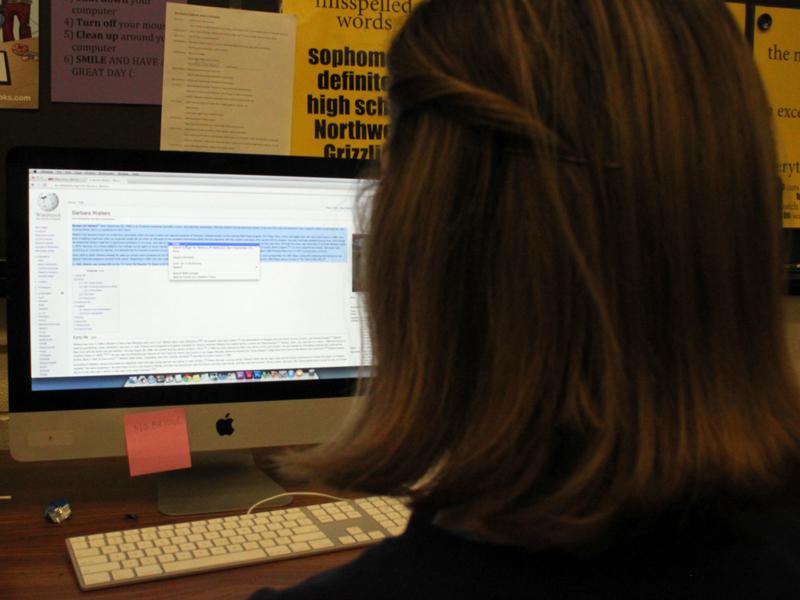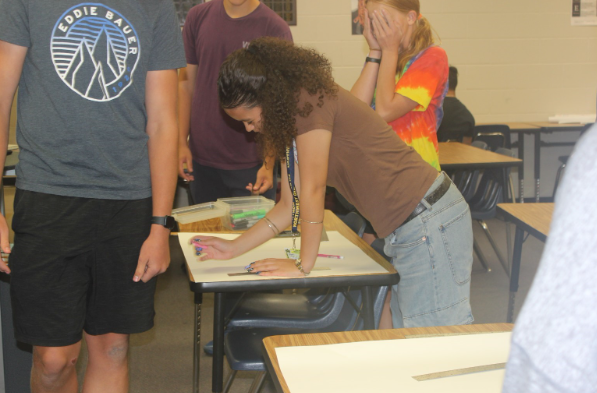Pitfalls of plagiarism
Any student who has received some form of secondary education has probably heard the term “plagiarism” an innumerable amount of times in his or her life. Most students probably do not consider themselves guilty of this crime, either. English department chair Ryan Cramer, however, says that the plagiarism epidemic continues to run rampant throughout the Northwest student body.
Students may take the issue lightly, but plagiarism can have some pretty serious repercussions. It is important to be informed on this literary theft in order to avoid making this mistake.
So what is plagiarism, anyway?
Some might describe it as simply “copying” or “borrowing” ideas or works. However, the Merriam-Webster Online Dictionary offers a more accurate interpretation. To “plagiarize” means:
-
to steal and pass off (the ideas or words of another) as one’s own
-
to use (another’s production) without crediting the source
-
to present as new and original an idea or product derived from an existing source
A destroyed student, academic, or professional reputation, as well as legal or financial repercussions are all possible consequences if any of the actions above are detected in one’s work.
Plagiarism prevention
So how can this crime be averted? Here are a few simple suggestions from Plagiarism.org:
-
Be clear as crystal. Make sure when noting sources that it is clear who said what in the borrowed ideas. Also, clearly differentiate between what is and isn’t original.
-
Cite sources religiously. If original ideas are distinguished from borrowed ones, frequently citing sources will help show that ideas are being processed and added to. It will also add support to completely original ideas, as well as highlight their originality.
-
Paraphrase. This doesn’t mean just change a couple words in a sentence borrowed from another source; this means altering its whole sentence structure.
By working carefully and following the recommendations above, infringement upon other’s work can be evaded.





